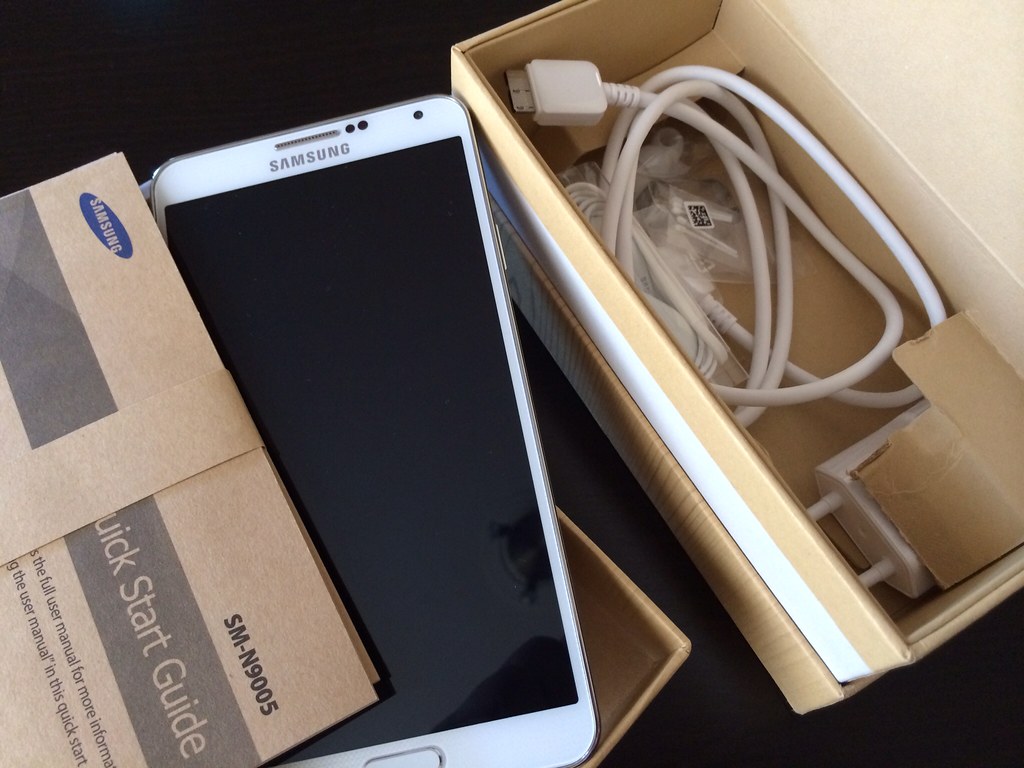
In the fast-paced world of mobile technology, Samsung stands as a titan, consistently pushing the boundaries of innovation with its diverse range of smartphones. From cutting-edge flagships to accessible mid-rangers, their devices are staples in millions of pockets worldwide. Yet, even a leader of this stature is not immune to challenges, particularly when it comes to the critical area of device safety. Reports of overheating and, in more alarming instances, devices catching fire, have periodically cast a shadow over some of Samsung’s otherwise stellar offerings.
These incidents, while often isolated or stemming from complex interactions of factors, necessitate a close examination for both consumer awareness and industry improvement. Our commitment as users to stay informed is just as vital as manufacturers’ dedication to stringent safety protocols. This article embarks on an in-depth exploration of which Samsung phones have been flagged for potential fire hazards, the intricate reasons behind these terrifying phenomena, and the initial crucial steps consumers can take to safeguard themselves and their devices.
Understanding the historical context and the specific models involved is paramount to navigating the landscape of smartphone safety with confidence. We’ll delve into the seminal incidents that shaped Samsung’s approach to battery safety, and then bring the discussion up to the present, highlighting devices that have recently raised concerns. Our goal is to equip you with the knowledge to make informed decisions and remain vigilant in an ever-evolving technological ecosystem.
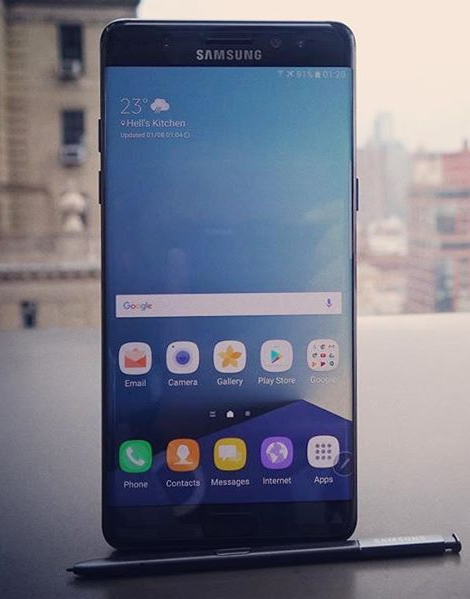
1. **The Infamous Galaxy Note 7 Incident**To truly grasp the current landscape of Samsung’s safety concerns, one must first revisit the pivotal moment that reshaped the company’s reputation and catalyzed a complete overhaul of its quality control measures: the Samsung Galaxy Note 7 incident in 2016. This event wasn’t merely a hiccup; it was a crisis that reverberated across the entire mobile industry, bringing the critical importance of battery safety into sharp, undeniable focus. The Galaxy Note 7 was launched to immense hype, promising advanced features that users were eager to experience, but its meteoric rise was quickly followed by a dramatic fall.
Within a remarkably short period after its release, multiple unsettling reports began to surface globally: Galaxy Note 7 devices were overheating and, horrifyingly, igniting spontaneously. The initial response from Samsung was swift, initiating a worldwide recall and offering customers replacements for their potentially hazardous devices. However, the situation quickly escalated when even some of the replacement units began exhibiting the very same, dangerous issues, leaving the company with no viable option but to ultimately discontinue the Note 7 entirely. It was a stark lesson in the complexities of modern manufacturing and the inherent risks of pushing technological boundaries.
The core reasons behind the Note 7’s catastrophic failures were traced back to a confluence of factors, primarily centering around the device’s lithium-ion battery. Investigations pinpointed significant battery manufacturing defects. These flaws meant that the batteries themselves were inherently compromised from the production line. Furthermore, contributing to the peril were device design flaws, which led to instances of battery swelling and, critically, short-circuiting. The combination of these issues created an environment ripe for thermal runaway, where an uncontrollable rise in temperature could lead to fire and explosion, cementing the Galaxy Note 7’s place in tech history as a cautionary tale.
Read more about: From Dreamy Encounters to Total Nightmares: Fans Spill the Tea on the Best and Worst Celebrities They’ve Ever Met

2. **Recent Concerns: Galaxy S7 and S8**While the Galaxy Note 7 remains the most notorious case, other Samsung flagship models from around the same era have also faced their share of battery-related issues, albeit to a lesser and less publicized extent. The Galaxy S7, released in 2016, concurrently with the Note 7, experienced reports of overheating in some units. These incidents, while not leading to the widespread recalls seen with the Note 7, were nonetheless concerning for users and pointed to potential vulnerabilities within the broader product line that year.
These overheating problems could, in certain circumstances, precipitate battery failure, impacting the device’s longevity and reliability. It’s a testament to the fact that even well-engineered products can harbor unexpected vulnerabilities, often manifesting under specific usage conditions or due to microscopic manufacturing variations. The S7’s issues, when they did occur, typically prompted users to seek replacements or repairs, highlighting the continuous need for vigilance in battery health.
The Galaxy S8, launched in 2017, also saw isolated reports of issues, including battery swelling. While the severity and frequency were significantly lower than the Note 7, these occurrences underscored that the challenges with lithium-ion batteries are not always isolated to a single, disastrous model. Rather, they can be part of an ongoing dialogue about the intricate balance between high performance, compact design, and absolute safety in smartphone technology. Users of these older models are still advised to be observant for any signs of battery distress.
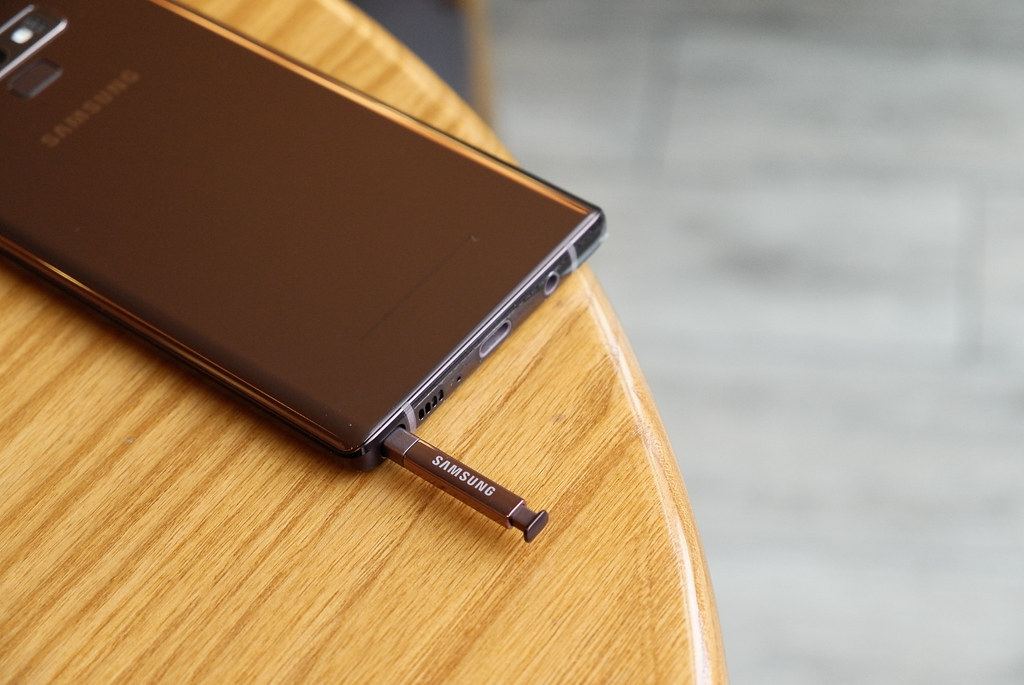
3. **Recent Concerns: Galaxy Note 9**Moving forward to 2018, the Samsung Galaxy Note 9, another premium device in Samsung’s popular Note series, also became the subject of concern regarding battery safety. While far from the scale of the Note 7 crisis, there were documented reports of random battery explosions associated with this model. These incidents, though few in number, were certainly alarming and served as a potent reminder that, despite improved quality controls, the inherent risks of lithium-ion technology persist.
Such reports naturally ignite fear and uncertainty among consumers, particularly given the previous history. It’s crucial, however, to contextualize these incidents, understanding that individual cases can sometimes be influenced by a myriad of factors, including user mishandling. The use of unapproved chargers or exposure of devices to extreme environmental conditions can significantly contribute to overheating and potential battery issues, transforming a normally safe device into a hazardous one.
Even with meticulous manufacturing, the possibility of an unforeseen defect or the cumulative stress of daily use, especially when combined with non-official accessories, can trigger a critical failure. For Galaxy Note 9 users, these reports emphasize the importance of adhering to Samsung’s safety guidelines, particularly concerning charging practices and accessory choices. Remaining vigilant and understanding the signs of potential battery distress are key to mitigating any risks.
Read more about: The Ultimate TV Guide: The 15 Sci-Fi Shows Everyone Needs to Watch
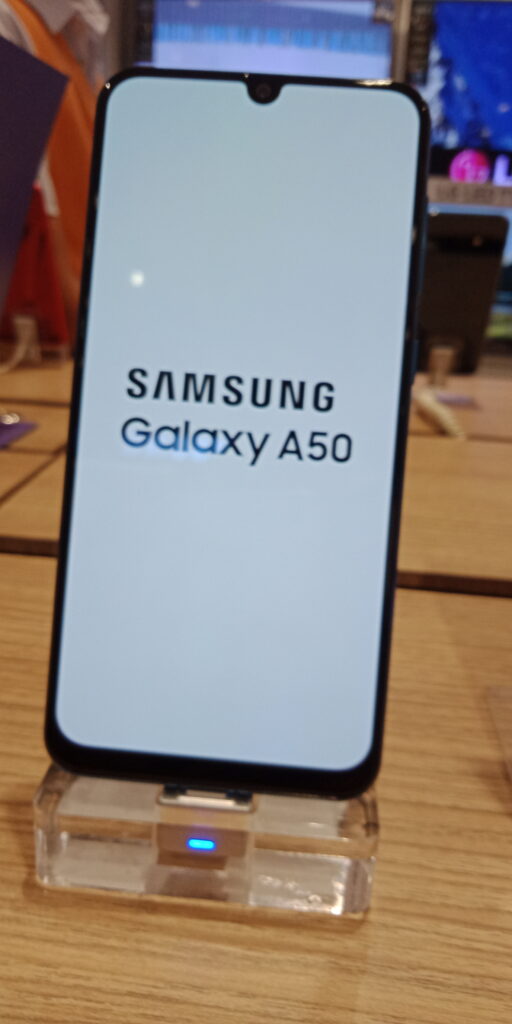
4. **Recent Concerns: Galaxy A50**Beyond the high-profile flagship lines, Samsung’s more accessible A-series has also seen its share of battery-related reports. In 2019, the Galaxy A50, a popular mid-range smartphone, had users reporting issues concerning battery swelling and overheating. While devices in this category often focus on delivering strong performance at a competitive price point, they are no less subject to the same stringent safety requirements as their premium counterparts.
Battery swelling, in particular, is a clear physical indicator of internal battery degradation or failure. When a lithium-ion battery swells, it typically means that gases are building up inside the battery cell, which can be a precursor to more severe issues like overheating, short-circuiting, or even combustion. For users, observing such a physical change in their device should be an immediate red flag, prompting them to cease use and seek professional advice without delay.
These reports for the Galaxy A50 reinforce the understanding that battery safety concerns are not exclusive to specific tiers of smartphones but can emerge across the entire product spectrum. It underscores the continuous challenge for manufacturers to maintain absolute consistency in quality control across vast production lines and diverse model ranges. For Galaxy A50 owners, monitoring the physical integrity of their device, especially the rear panel for any signs of bulging, is an important safety practice.
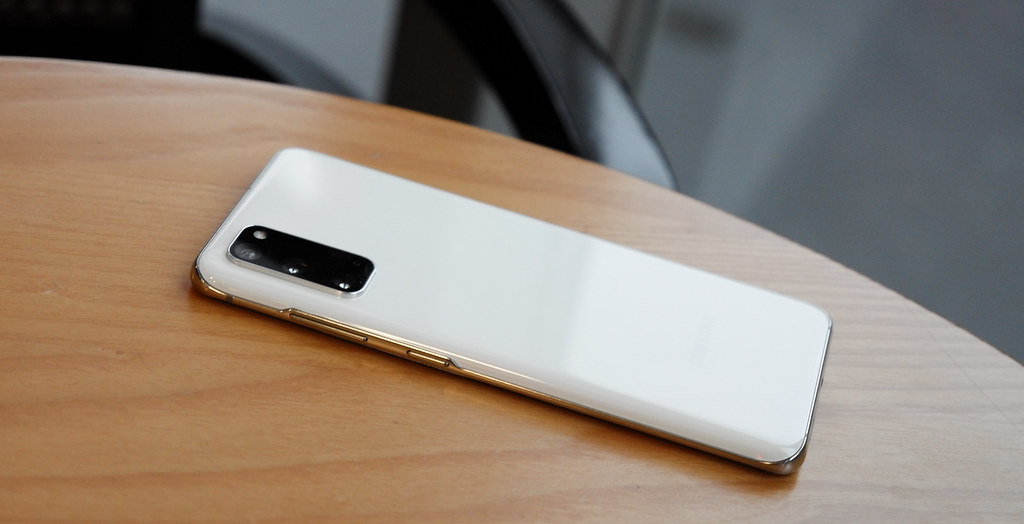
5. **Recent Concerns: Galaxy S20**The flagship Galaxy S20 series, launched in 2020, also faced its own isolated incidents of spontaneous combustion. While isolated, these occurrences are a serious matter, highlighting that even in newer, highly advanced devices incorporating the latest safety measures, rare but critical failures can still emerge. The sophisticated nature of modern smartphones, with their high-capacity batteries packed into incredibly thin chassis, presents an ongoing engineering challenge to ensure thermal stability under all conditions.
Spontaneous combustion indicates a severe internal fault, likely stemming from an internal short circuit that rapidly escalates into thermal runaway. Such events are often unpredictable and can be triggered by a confluence of internal manufacturing anomalies, external stressors, or a combination of both. These rare but significant failures emphasize that continuous rigorous testing and quality assurance are not just one-off tasks but an iterative process that must accompany every new generation of technology.
For Galaxy S20 users, and indeed owners of any high-end smartphone, the takeaway is not to panic, but to maintain a keen awareness of their device’s behavior. Any unusual heat generation, sudden battery drain, or physical changes should be taken seriously. The incidents with the S20 remind us that even flagship status does not grant immunity from the fundamental physics and chemistry governing lithium-ion power cells, necessitating a vigilant approach to device care.
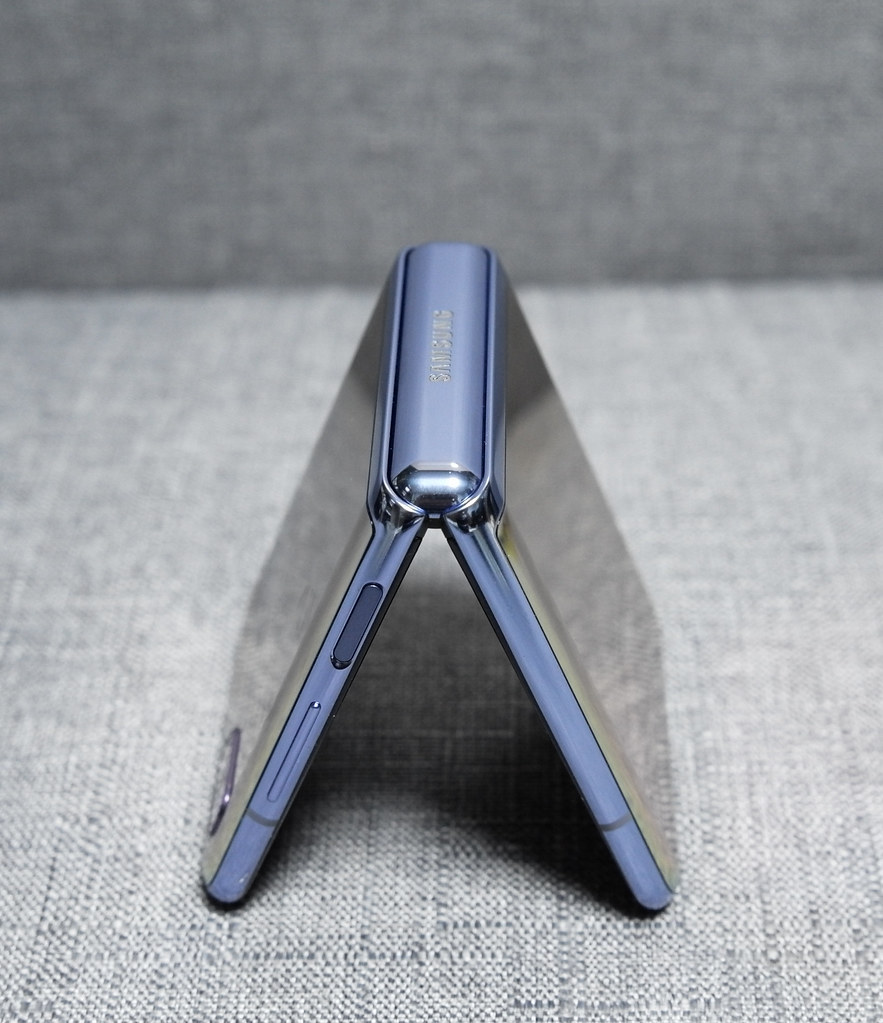
6. **Recent Concerns: Galaxy Z Flip**Innovation often comes with its own set of unique challenges, and this holds true for the cutting-edge foldable smartphone segment. The Samsung Galaxy Z Flip, a pioneering device launched in 2020, also entered the conversation regarding performance issues that, in some cases, led to reports of overheating. While the Z Flip’s unique form factor and intricate hinge mechanism were lauded, its novel design also introduced new considerations for thermal management.
The compact nature of foldable phones, coupled with their advanced processing power and dual-battery configurations, can create environments where heat dissipation becomes a more complex engineering feat. Performance issues, such as intensive tasks or prolonged usage, can push the internal components to generate significant heat. If this heat cannot be adequately dissipated due to design limitations or ambient conditions, the device can experience noticeable overheating, affecting performance and potentially stressing the battery.
These reports for the Galaxy Z Flip underscore that innovation must always be balanced with robust safety engineering. For users of foldable devices, paying attention to how their phone handles demanding applications and ensuring it operates within reasonable temperature ranges is especially important. The Z Flip’s instances of overheating highlight that even with revolutionary designs, the fundamental principles of battery and thermal management remain critical for ensuring user safety and device longevity.
Navigating the complexities of smartphone battery safety extends beyond identifying at-risk models; it necessitates a deeper understanding of the underlying technical and design factors, coupled with the proactive measures taken by manufacturers and consumers alike. As we move from specific incidents to their foundational causes and solutions, it becomes clear that preventing future hazards is a multi-faceted endeavor, involving advancements in battery chemistry, rigorous quality control, and informed user practices. This section will meticulously unpack these critical areas, offering a comprehensive view of how the industry and users are collectively striving for safer mobile experiences.
Read more about: The Ultimate TV Guide: The 15 Sci-Fi Shows Everyone Needs to Watch

7. **Understanding the Core Problem: Battery Technology and Manufacturing Defects**At the heart of many smartphone safety incidents lies the intricate chemistry of lithium-ion batteries, particularly lithium cobalt oxide (LiCoO2), a common choice for consumer electronics due to its high energy density. While this chemistry allows for compact, powerful devices, it also carries inherent risks if not meticulously managed. The ability to deliver high voltage and energy, while advantageous for powering slim smartphones, comes with a trade-off in thermal stability, which can lead to catastrophic failures under certain adverse conditions.
Investigations into past incidents, notably the Galaxy Note 7 debacle, pinpointed significant manufacturing defects as primary culprits. These flaws often compromise the integrity of the battery from the production line itself, creating conditions ripe for internal short circuits. Such defects can manifest in various forms, directly impacting the battery’s ability to operate safely and reliably over time, turning a high-performance component into a potential hazard.
Crucial among these defects were electrode wrapping issues, where insufficient wrapping of the electrodes allowed them to make unintended contact, directly causing short circuits. Concurrently, separator failures, where the vital barrier preventing direct contact between positive and negative electrodes was inadequately manufactured, further heightened the risk. These internal breaches within the battery structure fundamentally undermined its safety mechanisms, paving the way for serious incidents.
Moreover, assembly tolerances that were too tight contributed significantly to the peril. Such precise, unforgiving clearances increased the risk of physical stress and deformation of the battery components during both manufacturing and regular use. This constant pressure, combined with the inherent defects, escalated the chances of thermal runaway, a condition where an uncontrollable rise in temperature inside the battery can lead to ignition or explosion, a stark reminder of the delicate balance required in battery engineering.

8. **The Role of Device Design Flaws in Battery Incidents**Beyond the internal chemistry and manufacturing of the battery itself, the overall design of the smartphone plays a crucial role in its thermal management and safety profile. Even with a perfectly manufactured battery, an ill-conceived device architecture can create an environment where heat cannot dissipate effectively, thereby stressing the battery and increasing the risk of overheating and potential failure. This intricate relationship between battery and device design is a constant challenge for engineers striving for thinner, more powerful handsets.
One significant factor is the physical crowding of internal components within the device’s chassis. Modern smartphones pack an incredible amount of technology into incredibly thin designs, leaving minimal space for components to ‘breathe.’ If internal components are too crammed, or if insufficient heat dissipation mechanisms are incorporated, devices can overheat more easily, particularly during demanding tasks or prolonged usage. This lack of adequate airflow transforms what should be a cooling system into a potential heat trap.
Such design limitations can lead to instances of battery swelling and, critically, short-circuiting, especially when combined with the cumulative stress of daily use. The Galaxy Z Flip, for instance, with its unique foldable form factor, faced reports of overheating, underscoring how innovative designs can introduce new thermal management challenges. The compact nature and advanced processing power of such devices, often paired with dual-battery configurations, demand sophisticated solutions for heat dissipation.
Ultimately, these design choices can exert physical stress and deformation on the battery during everyday use. If a battery is constantly under pressure due to tight housing or inadequate cushioning, its internal structure can be compromised, accelerating degradation and increasing the likelihood of internal shorts. This symbiotic relationship means that safety engineering must consider not just the battery in isolation, but its integration within the complete device ecosystem to ensure long-term stability and user safety.
Read more about: Beyond the Beta Label: Unpacking the Genuine Confusion and Critical Failures in Automotive Software-Defined Vehicles
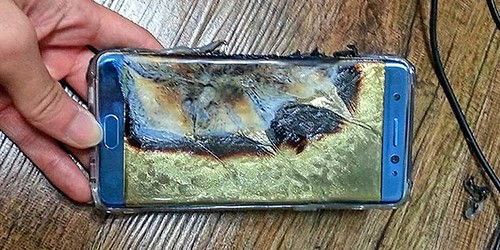
9. **Samsung’s Enhanced Safety Protocols: The Eight-Point Battery Check**In the wake of the devastating Galaxy Note 7 incident, Samsung undertook a monumental effort to overhaul its quality control and battery safety protocols, demonstrating a robust commitment to restoring consumer trust. This period marked a pivotal shift in the company’s approach to product development, transforming a crisis into a catalyst for industry-leading safety standards. Their response was not merely reactive but a fundamental re-evaluation of how batteries are designed, manufactured, and integrated into devices.
Central to this revised strategy was the implementation of a comprehensive “eight-point battery safety check,” an exhaustive series of tests designed to meticulously scrutinize every aspect of battery integrity. This rigorous process includes critical steps such as visual inspection of the battery for any issues, ensuring no physical imperfections escape detection. It also involves X-ray inspections to peer inside the battery without damaging it, alongside charge and discharge tests that push the battery to its limits under controlled conditions.
Furthermore, the eight-point check incorporates robust stress testing under various environmental and usage conditions, simulating real-world scenarios to identify any potential vulnerabilities before a device reaches consumers. This extensive battery testing protocol is specifically engineered to address the very flaws and design challenges that led to past incidents, providing a multi-layered defense against future failures. The goal is to ensure that every battery component not only meets but exceeds stringent safety benchmarks.
Beyond battery testing, Samsung’s mitigation measures extended to fundamental battery design revisions, integrating improved safety features like more robust electrode separators and sophisticated thermal management systems directly into the battery architecture. They also significantly increased scrutiny of battery suppliers through enhanced audits, ensuring that all third-party components adhered to the highest safety standards. These combined efforts underscore a holistic approach to preventing future battery-related incidents.
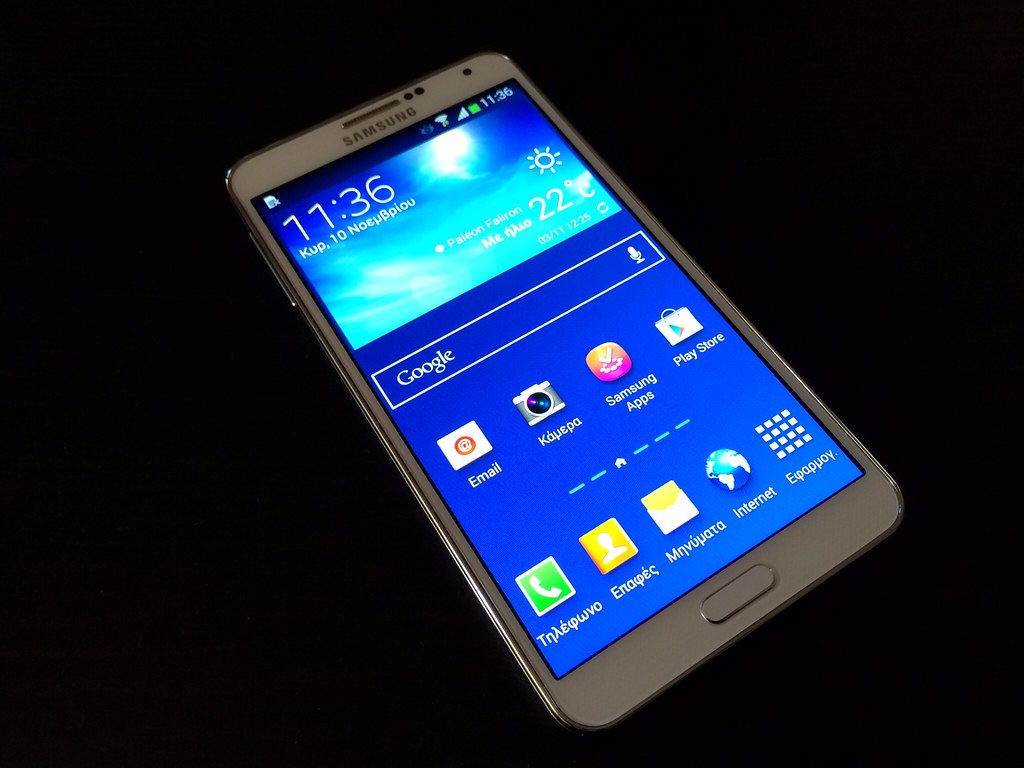
10. **Empowering Users: Samsung’s Consumer Education Initiatives**Recognizing that device safety is a shared responsibility, Samsung has placed significant emphasis on consumer awareness and education, empowering users with the knowledge to maintain their phones safely. This proactive stance goes beyond just manufacturing safe devices; it involves cultivating informed user habits that can significantly mitigate potential risks associated with battery usage and charging practices. By clearly communicating best practices, Samsung aims to create a more secure mobile ecosystem.
One of the cornerstones of this educational outreach is advising users on the critical importance of avoiding third-party or unapproved chargers. While often cheaper or more readily available, non-official chargers may not meet Samsung’s stringent safety and voltage specifications, potentially leading to incompatible charging rates, overheating, and eventual battery degradation or failure. Using genuine Samsung accessories ensures that power delivery is regulated precisely as intended, safeguarding the battery’s health.
Additionally, Samsung’s campaigns inform users about the necessity of keeping their devices at moderate temperatures to prevent overheating. Exposure to extreme environmental conditions, whether excessive heat or cold, can significantly stress a lithium-ion battery, impacting its performance and lifespan, and in severe cases, triggering thermal events. Simple practices, like avoiding leaving phones in direct sunlight or in hot cars, become crucial preventative measures when understood through proper education.
These initiatives underscore the fact that even with the most advanced safety protocols in place, user behavior remains a powerful determinant of device safety. By launching campaigns that simplify complex technical information into actionable advice, Samsung equips its vast user base with the tools to make responsible choices. This continuous dialogue between manufacturer and consumer is vital for fostering a culture of safety amidst ever-evolving technological advancements.
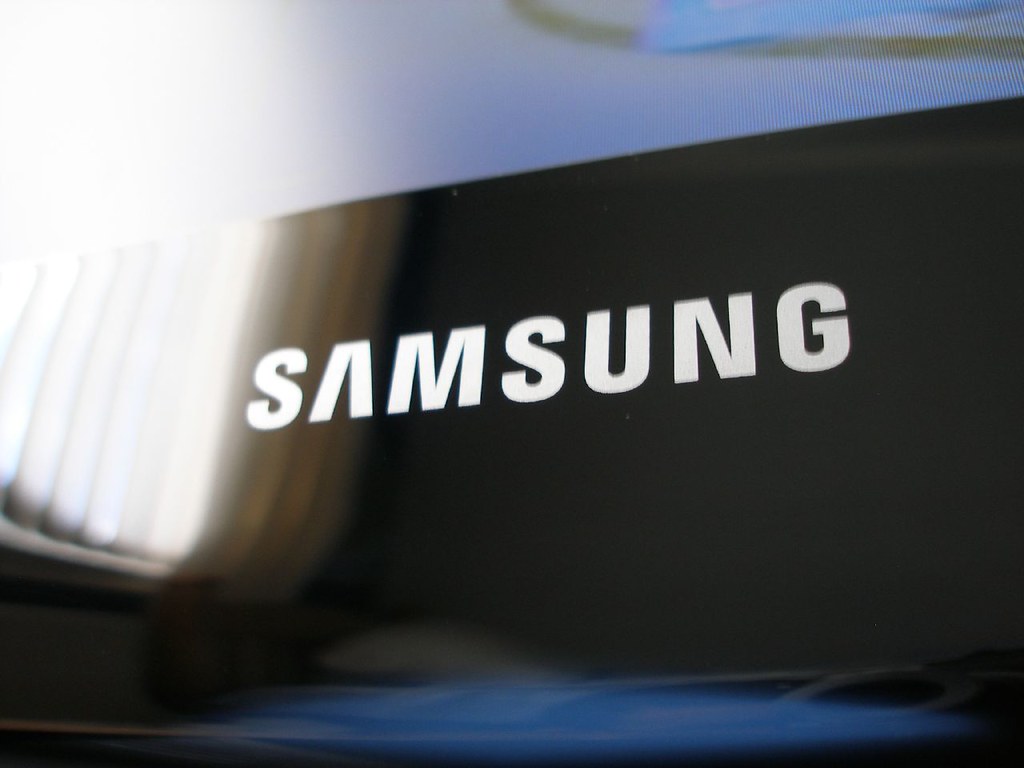
11. **Essential User Preventative Measures: Best Practices for Device Safety**For consumers, taking proactive steps is paramount to ensuring the safety and longevity of their Samsung devices. While manufacturers are responsible for robust safety engineering, individual user habits play an equally critical role in minimizing risks associated with battery performance and potential hazards. Adopting a few simple yet effective practices can make a significant difference in safeguarding your smartphone and, by extension, your personal safety.
A fundamental preventative measure is to ensure your device receives regular software updates. Samsung frequently releases updates that not only introduce new features and improve performance but also include vital enhancements to battery management systems and security protocols. These updates can optimize how the battery charges, discharges, and handles thermal loads, directly reducing the likelihood of overheating or other battery-related malfunctions that might stem from software inefficiencies.
Equally crucial is the unwavering commitment to using official Samsung-approved chargers and accessories. As highlighted in consumer education initiatives, third-party chargers may not adhere to the necessary safety standards or electrical specifications, leading to inconsistent power delivery that can overstress the battery. Utilizing genuine accessories minimizes the risks associated with overheating and battery malfunctions, preserving both the device’s integrity and your peace of mind.
Furthermore, several practical habits can significantly enhance safety. Avoiding overnight charging, or leaving your phone on soft surfaces like beds or couches that can trap heat, prevents prolonged thermal stress. Regularly monitoring your battery’s health through system settings can help detect any unexplained decreases in capacity or unusual behavior. Ensuring proper ventilation around your device while it charges, and promptly addressing any signs of damage or swelling, collectively form a robust defense against potential battery issues, allowing you to enjoy your technology safely and without undue worry.
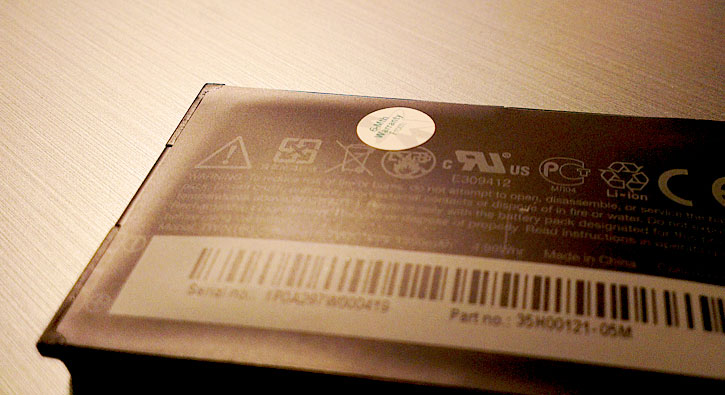
12. **Addressing a Silent Threat: Managing Battery Bulge in Older Devices**A less publicized but equally significant battery safety concern manifests in older, often unused smartphones: battery bulge. This phenomenon, where the phone’s back panel is forced open by an expanding battery, is a silent but potent fire risk, creating what could be an unstable fire starter lurking in old electronics drawers. While prevalent across many brands due to market saturation, Samsung devices, given their widespread adoption, are frequently observed exhibiting this alarming physical change.
The root cause of smartphone battery bulge lies in the deterioration of the electrolyte within the lithium-ion cell. Over time, or particularly when batteries are fully discharged and left unused, this electrolyte can break down, creating carbon dioxide gas. This gas accumulation inside the sealed battery cell causes the physical swelling, exerting pressure on the device’s casing. The bulging is a clear physical indicator of internal chemical failure, signaling a dangerous, unstable state that demands immediate attention.
Upon discovering signs of battery bulge, such as a raised back panel or unusual gaps, there are critical “Do not” actions to heed. Never ignore it; a bulging battery is a ticking time bomb and a severe fire hazard. Absolutely do not attempt to remove the back panel or the battery yourself, as puncturing a swollen battery can cause a violent thermal event. Crucially, do not attempt to charge the device, as introducing current to a compromised battery can dramatically escalate the risk of fire or explosion.
Furthermore, a bulging battery should never be disposed of in regular garbage bins, as it poses a significant fire risk in the bin itself or at waste disposal plants. Transporting it in a car without extreme precautions is also ill-advised due to the potential for self-ignition. Instead, for proper and safe handling, it is essential to contact authorized repair centers or specialized electronics recycling services that are equipped to deal with hazardous battery waste. Always prioritize safety: check your old phones, and even those in cases, for any signs of bulge and take immediate, appropriate action.
In the dynamic landscape of mobile technology, the journey toward absolute safety is a continuous one, demanding unwavering vigilance from manufacturers and consumers alike. While the past has presented its share of challenges, Samsung’s proactive strides in enhancing quality control, coupled with clear educational initiatives, illuminate a path toward greater reliability. Yet, the responsibility ultimately rests with each user to remain informed, adhere to best practices, and recognize the subtle indicators of potential distress in their devices. By collectively fostering a culture of awareness and caution, we can ensure that our innovative tools remain powerful assets, not unforeseen liabilities, safeguarding our experience in this ever-evolving digital world.
The intricate chemistry of lithium-ion batteries and the relentless pursuit of thinner, more powerful designs will always present engineering hurdles. However, with continuous advancements in safety protocols, the exploration of safer battery chemistries, and a well-informed user base, the vision of a truly secure and seamless mobile experience moves ever closer. Staying proactive and prioritizing safety should be as integral to our tech-savvy lives as the devices themselves.



